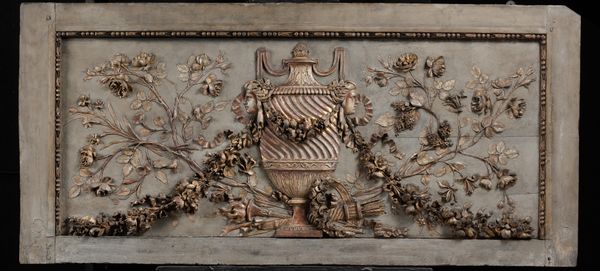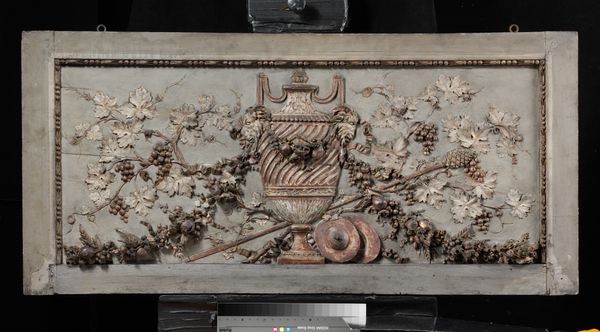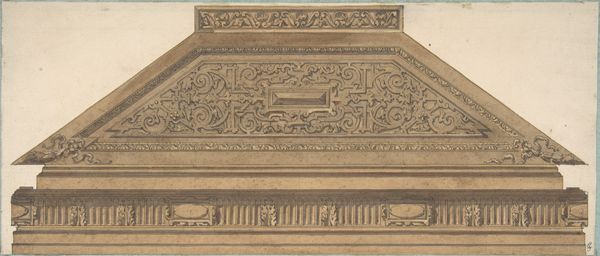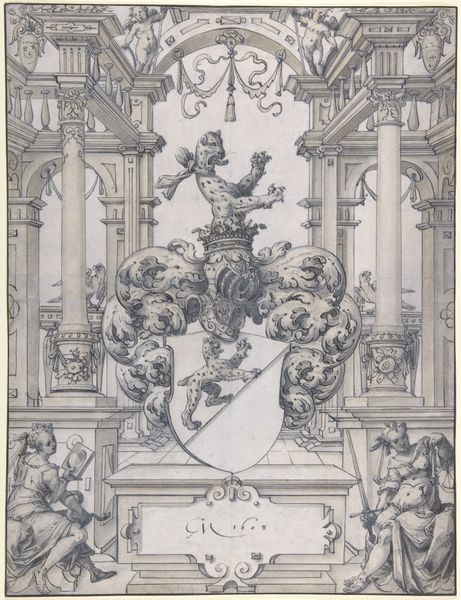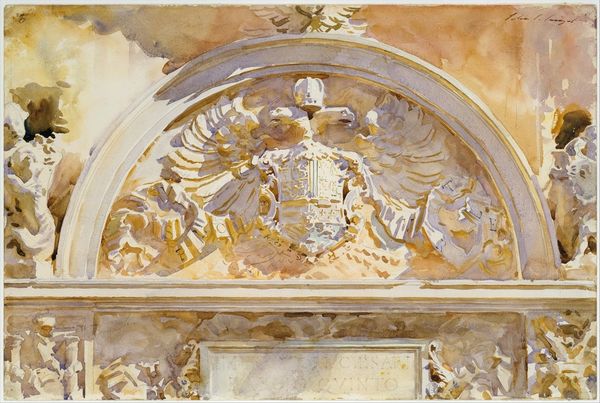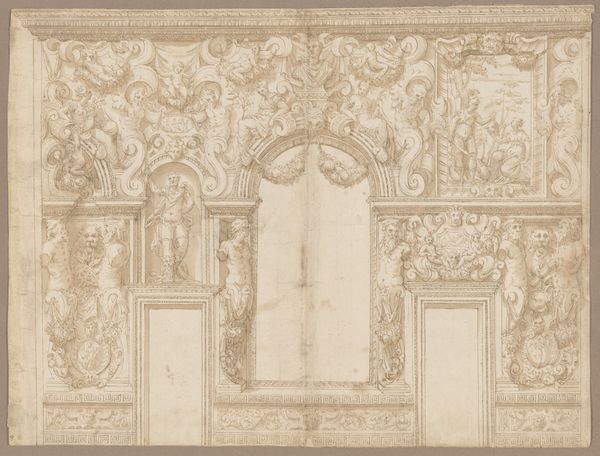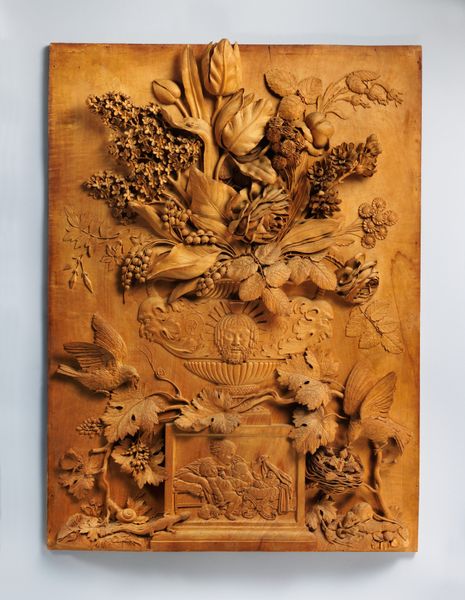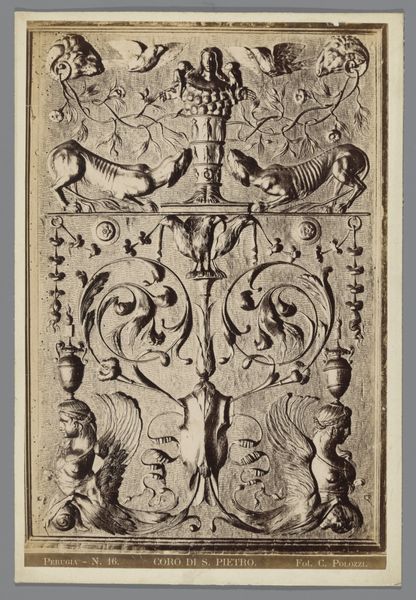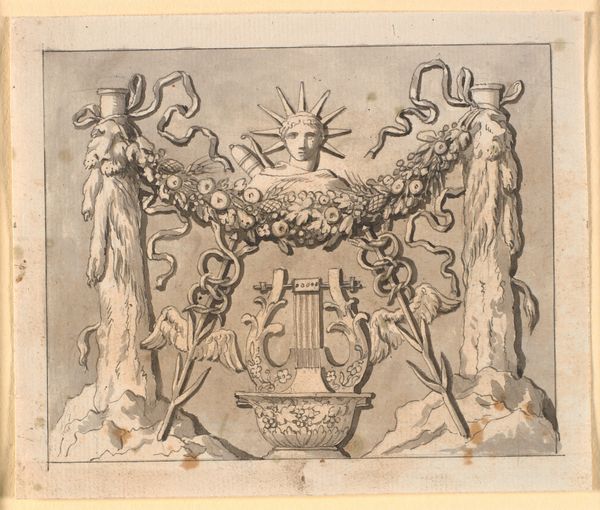
Panels depicting the Four Seasons 1770 - 1780
0:00
0:00
Dimensions: Overall (each): 24 1/2 × 52 3/4 in. (62.2 × 134 cm)
Copyright: Public Domain
Curator: These striking panels, “Panels Depicting the Four Seasons,” were crafted by François Joseph Belanger sometime between 1770 and 1780. The relief sculptures are made of wood and likely once adorned an interior, perhaps a salon. Editor: Immediately, I am struck by how the ornate details contrast against what appears to be muted grey tones. It creates a quiet drama. Are these panels truly intended to depict something so inherently lively and exuberant as the seasons? Curator: Absolutely! These panels, embodying the Rococo style, were designed as part of interior decorative schemes in France, where the aristocracy enjoyed referencing themes such as nature and leisure, thus solidifying a certain vision of elite society and its values. Editor: Rococo… so embedded within the patronage system. How did these ornamental styles influence broader social issues concerning class and the disparity of lived experience in 18th century France? I mean, what do they *mean* within a wider social discourse? Curator: That's a crucial question. Considering Foucault's exploration of power dynamics, we might view these panels not merely as decor, but as tools for shaping collective values. They legitimized aristocratic leisure, while ignoring the labour which sustained them, even subtly imposing specific aesthetic preferences linked to privilege. Editor: So the symbolism here - the floral garlands, overflowing cornucopias representing abundance - normalizes the unequal distribution of resources in a society steeped in poverty, especially leading up to the revolution. Interesting how what seems to be ‘simple decoration’ reflects and perpetuates deeper cultural narratives. Curator: Indeed. The placement, originally intended in domestic space, underscores the idea that the aesthetic isn't just about beauty—it’s about subtly influencing perspectives within the dominant narrative. Editor: It forces a question of accountability: whose perspective and values get prioritized in defining beauty and its socio-political impacts, even unconsciously? What might an exhibition challenging these norms look like, perhaps recontextualizing this piece to reveal, instead of conceal, such truths? Curator: Precisely! By examining the history of decorative arts through these lenses, we can unravel its influence in creating the narratives that dominate within culture. Editor: Agreed. Thinking about these sculptures in connection with political events definitely prompts reflection about how taste and luxury were not only personal matters but public and charged expressions of authority.
Comments
No comments
Be the first to comment and join the conversation on the ultimate creative platform.
